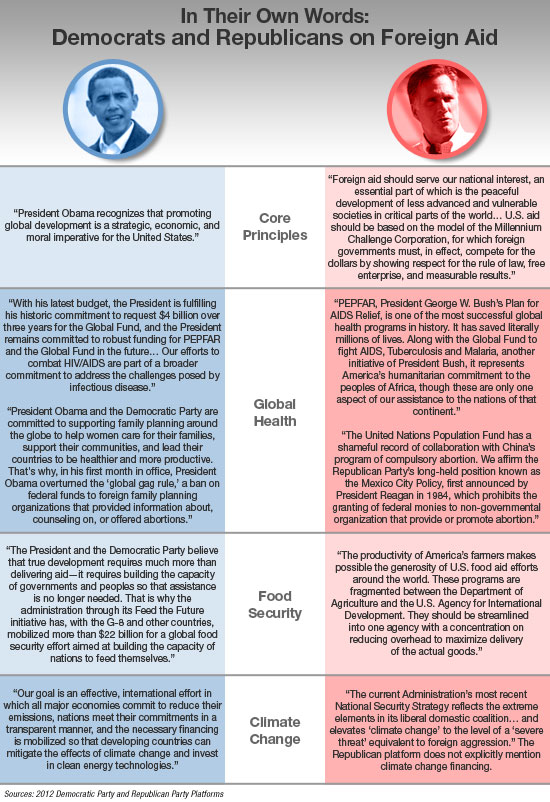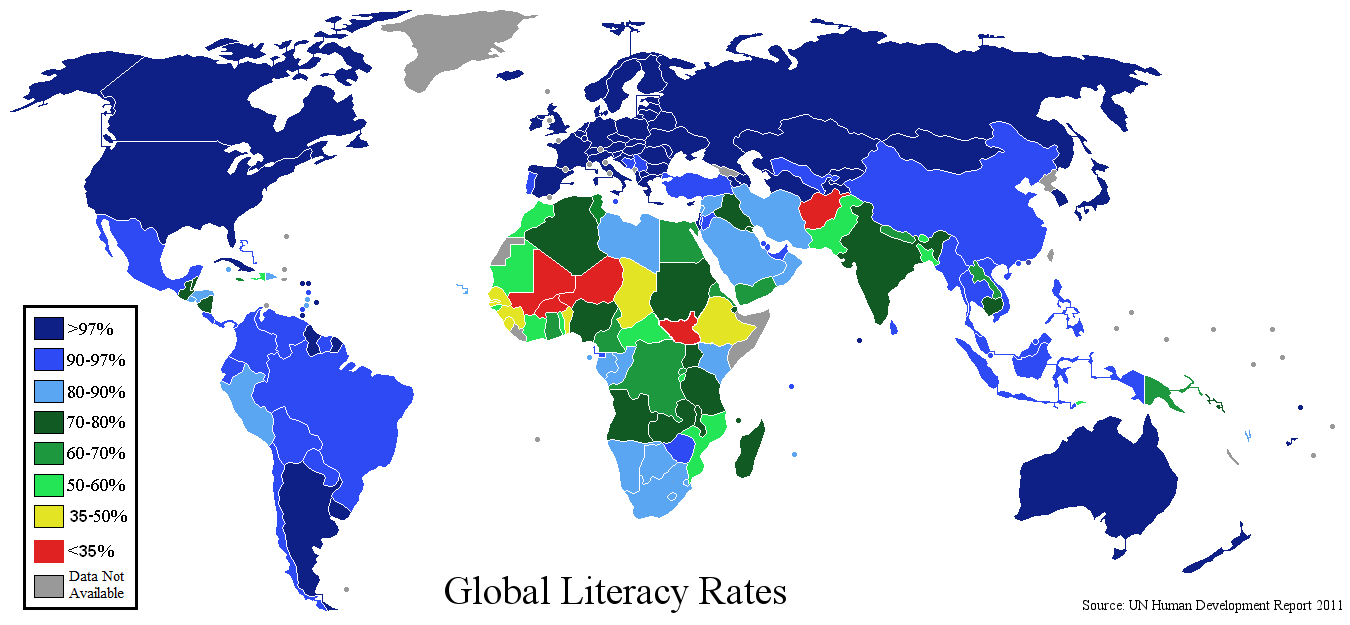Executive Time Management
At the senior level of an organization, management has the world on their shoulders: the day-to-day direction of the business as well as long-term leadership and planning. How can one possibly accomplish either, as they require 100% focus? Efficient time management is one avenue to achieve your tasks, priorities & goals.
Office hours
While open door policy sounds good, an executive absolutely needs to have uninterrupted time to tackle priorities.
Have a gatekeeper who can take care of the constant phone-calls, drop-ins and emails, but leave some wiggle time for those who can interrupt (Board members, superiors) and for emergencies/crises.
Take control over how you spend your time. The image below shows a sample of the Eisenhower matrix, also used by Dr. Stephen Covey. It is a simple but extremely useful tool. Mindtools.com detail its use on their Time Management website.
 Block your time in your daily schedule for quiet time. Know your most productive time of the day and tackle the urgent matters then.
Block your time in your daily schedule for quiet time. Know your most productive time of the day and tackle the urgent matters then.
Often this is accomplished by having a to-do list for urgent issues during the first half of the day, giving you time to spend on strategic planning and relationship building during the second part, giving you a sense of accomplishment. Know what time of the day is most creative for you. If possible spend that out of the office, at home where you can think without interruption. Turn off the email alert on your computer, as it does nothing but distract.
Have your to-do list and your calendar on your desk in your view at all times. Have extra computer monitors if needed. Know what is next on your list so you are always thinking ahead.
Delegation:
Know what an hour of your time is worth and if you find yourself doing low-value tasks – delegate them. Your superiors are looking for results from you; check the Pareto principle 80/20 rule. Delegate and empower your staff. If there are multiple tasks, prioritize them. If you want something done, send to 1 person. If you really want something done, cc a superior.
If you receive multiple requests from your superiors, ask for them to be prioritized for you.
Meetings:
Plan your meetings and require that you only attend meetings that are properly planned out. Have a member of staff moderate if there is a large attendance. At the end of meetings, always have a follow-up decision and responsibility breakdown. Have it in writing so there are no miscommunications.
If you have a face to face in your office, follow-up with the outcome and to-do’s in a 2-line email.
Take time off
Balance your personal and business time. You can be more effective with less hours logged in the office if you manage your time correctly. Take time in your day to exercise, eat dinner with the family, and do something for yourself. Take scheduled vacations and turn off email with an out of office alternative contact.
Some good places to learn more times on Time Management



